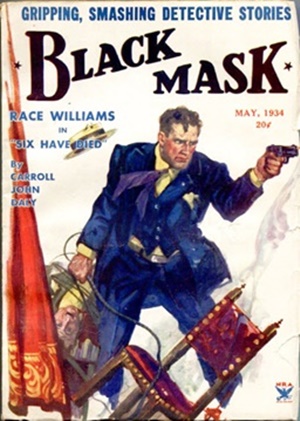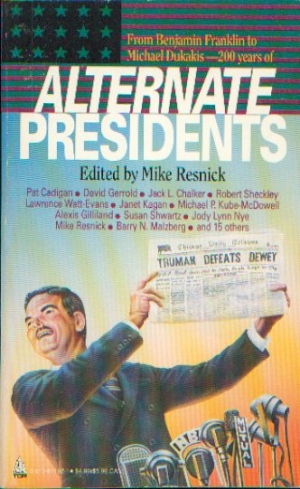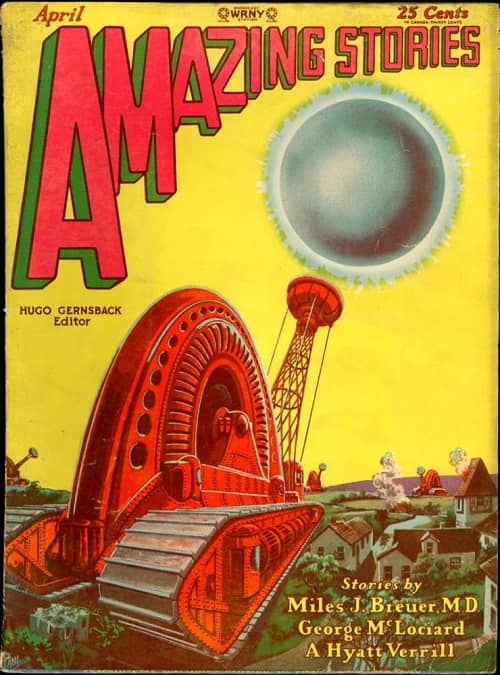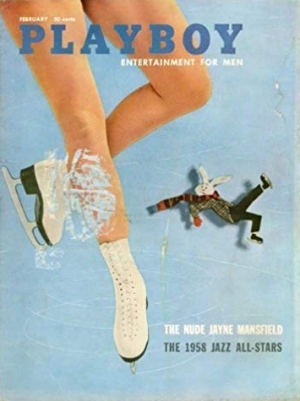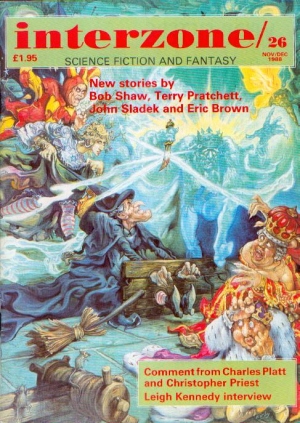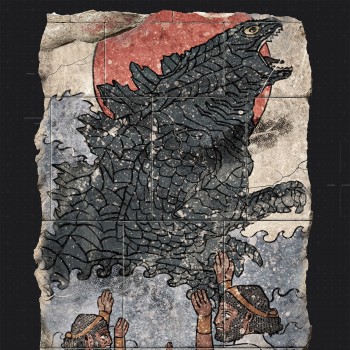A Year of Weirdbook
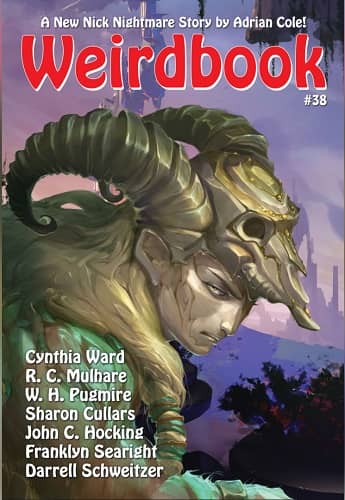 |
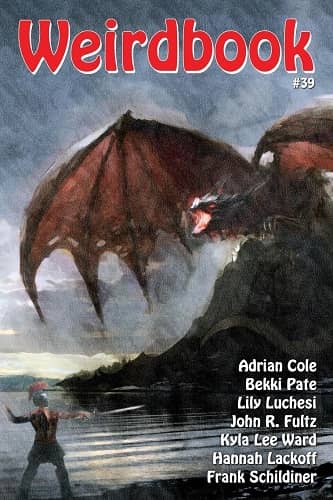 |
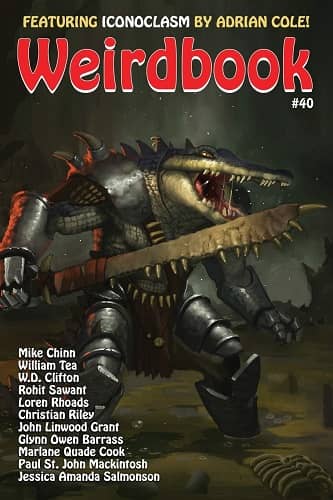 |
Not all that long ago, Douglass Draa was the Online Editor for Weird Tales, maintaining a lively Facebook presence and posting numerous highly readable articles on the website (which, sadly, have now been removed.) Although the magazine has essentially been dead since 2014, Doug kept the Weird Tales name alive as best he could, and I frequently found myself wondering what someone with that much energy could do with more editorial control.
We found out in 2015 when the much-loved magazine Weirdbook returned to print with Doug at the helm. The first issue, #31, was a generous 160 pages of brand new weird fiction and sword & sorcery from many familiar names, packaged between gorgeous covers by Dusan Kostic and Stephen E. Fabian. Over the next three years Doug has produced no less than 10 issues — a staggering 2,000+ pages of new content — plus the very first Weirdbook Annual in 2017. Issues arrive like clockwork, and the magazine only seems to get better and better.
2018 was a great year for Weirdbook, with three huge issues. It seems to have settled into a comfortable 256-pages, and readers of this blog will be pleased, as I was, to see several Black Gate writers among the contributors — including John C. Hocking, John R. Fultz, and the prolific Darrell Schweitzer, with no less than three stories. I was especially pleased to see Doug’s use of quality interior art, which I think greatly enhances the look of the magazine. The latest issue, which just arrived last week, includes moody and effective spot art by the great Allen Koszowski, who also graced the pages of Black Gate back in the day.
